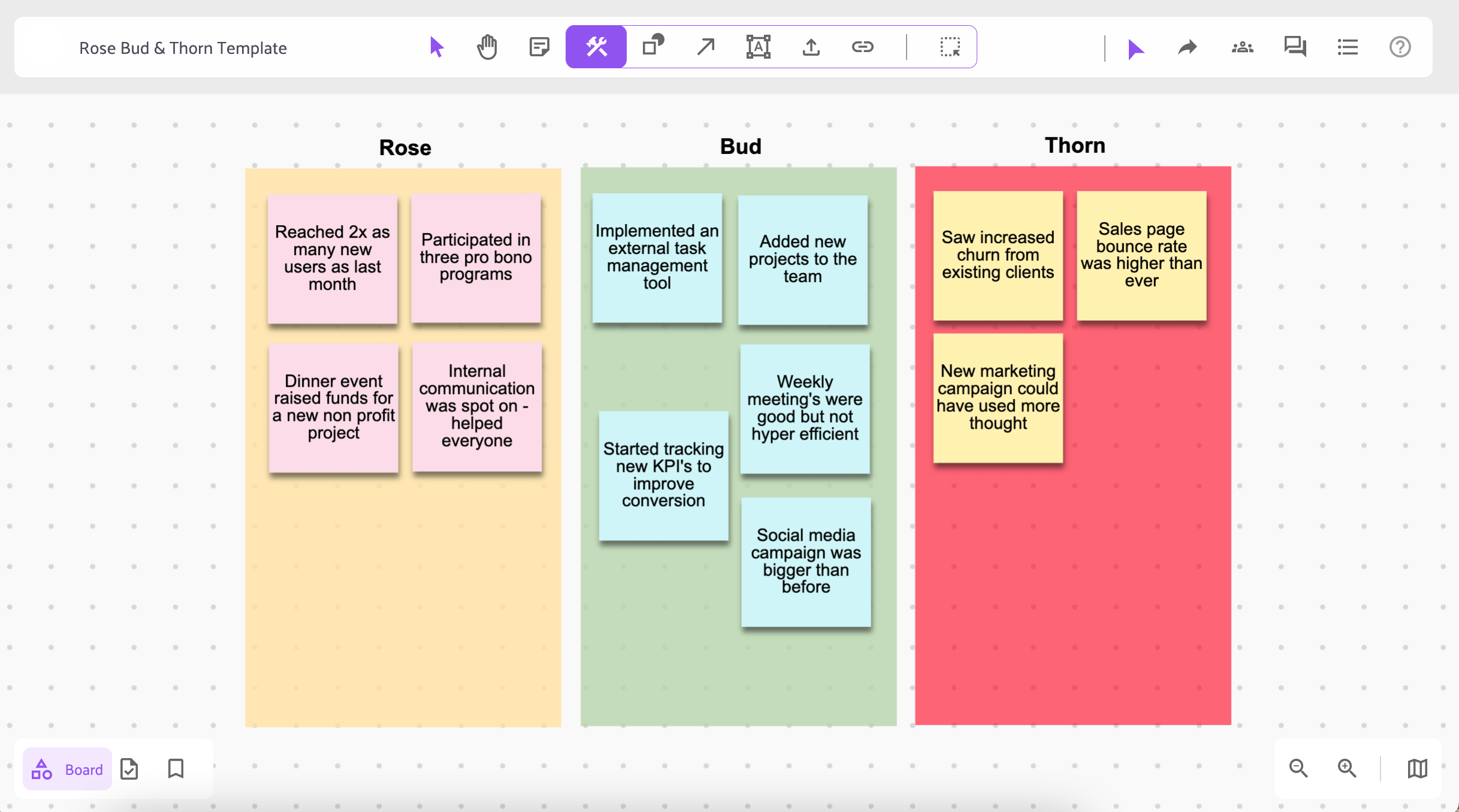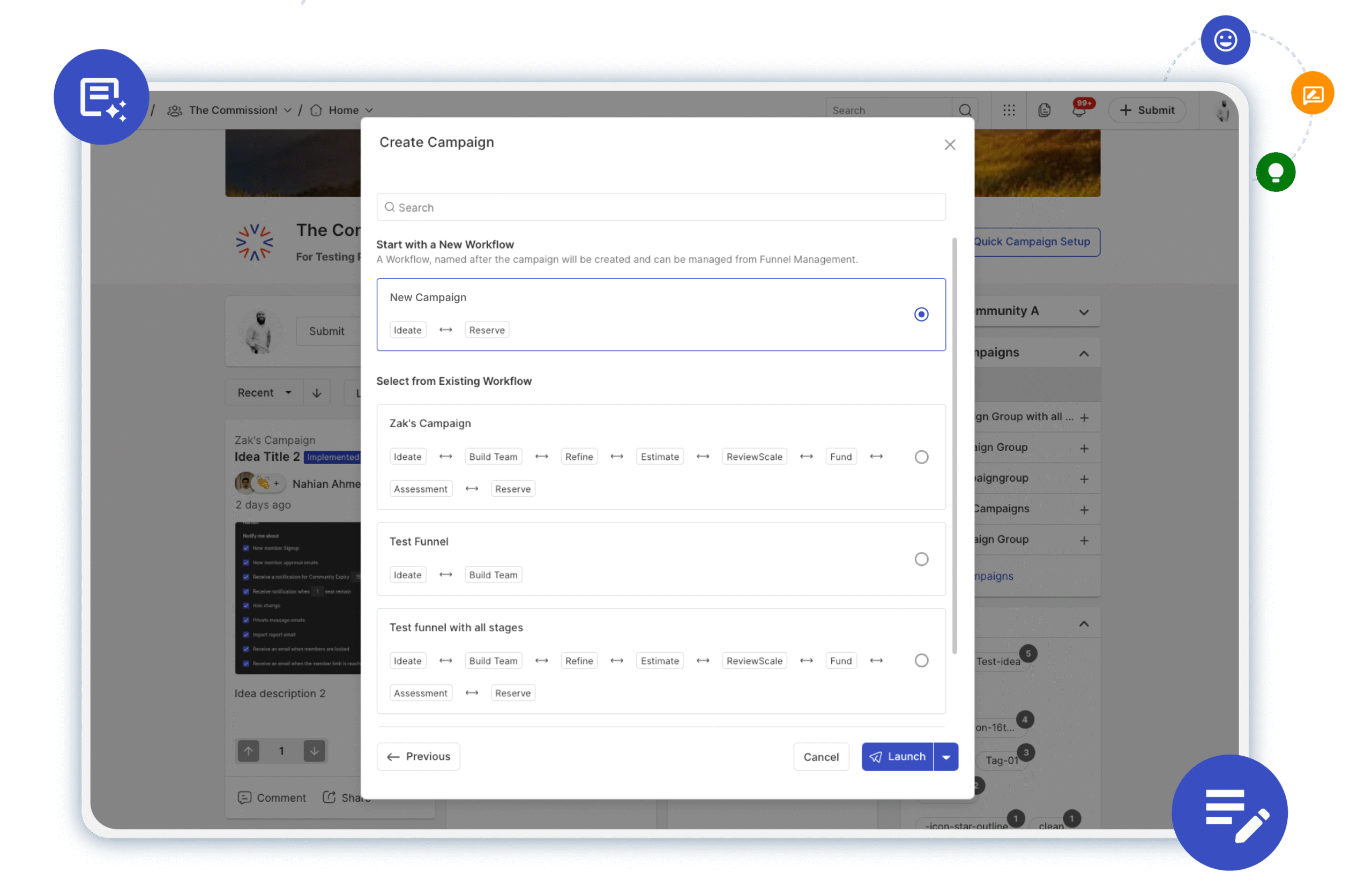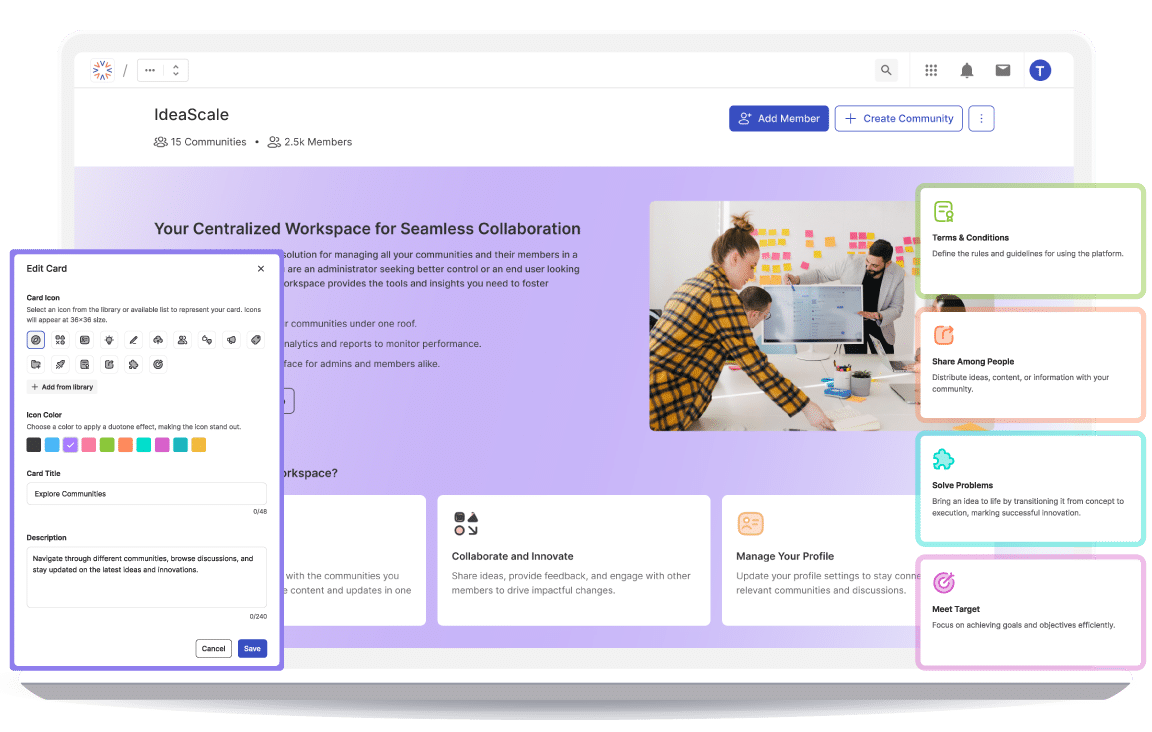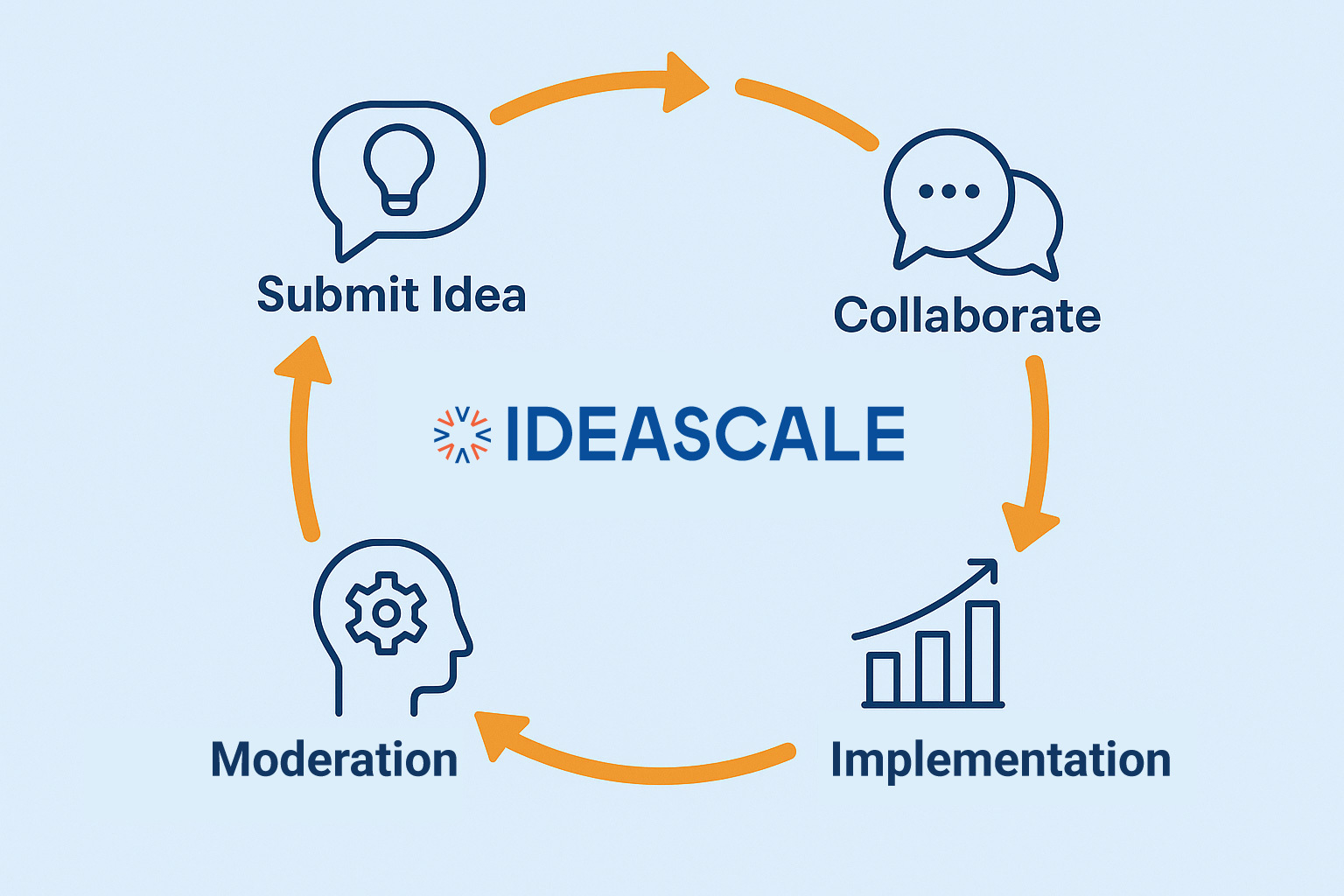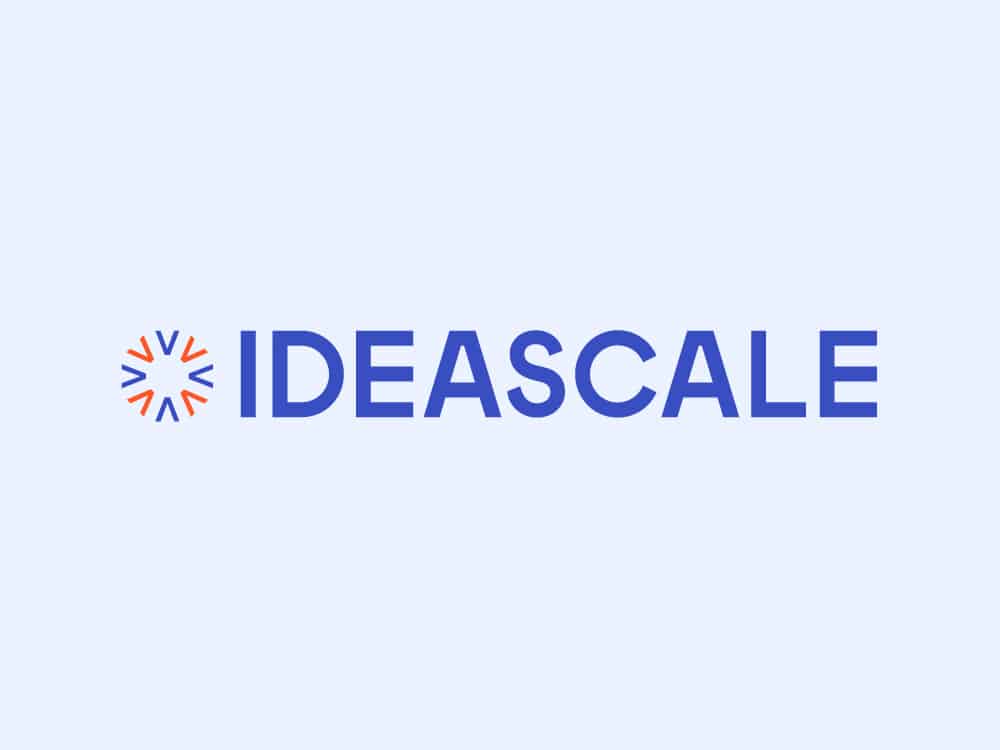Rose, Bud, and Thorn are known for their adaptability, used in various industries, and for personal reflection. It is a conversational tool used by friends, family, classmates, coworkers, and others to learn how things went for individuals, businesses, or organizations.
Organizations encourage this tool to assess their marketing progress and how close they are to meeting their objectives. After casting a vision, it is necessary to constantly reflect and get to know the organization’s “Rose, Bud, and Thorn.” The organization will determine what is working, “The Rose” that has brought them this far, the choking “Thorns” that have kept them stuck, and which areas they aren’t making progress in, as well as “The Bud,” which is the brand’s perspective progression to reach a significant milestone shortly.
On the other hand, individuals can use this retrospective tool to learn a lot about their friends, colleagues, and family. There are approaches to all of these, which will be discussed in this article. Thinking backward is the best way to move forward. Unfortunately, this template is designed to assist you in your progress.
What is Rose, Bud, and Thorn?
“Rose, Bud, Thorn” is defined as a simple and effective technique often used in various contexts, such as personal reflection, team retrospectives, or brainstorming sessions. It’s a structured way to evaluate a situation, project, or experience. Here’s what each element represents:
- Rose: This represents the positive aspects or the things that are going well. It’s what you appreciate, enjoy, or find successful about the situation or experience. Roses symbolize beauty and positivity in this context.
- Bud: The bud represents potential or opportunities for growth and improvement. These are the areas where you see the potential for positive change or development. Buds symbolize the promise of future growth and improvement.
- Thorn: This symbolizes the challenges, obstacles, or negative aspects of the situation. It’s where you identify problems or issues that need to be addressed or improved. Thorns represent the difficulties or pain points in the experience.
By using the “Rose, Bud, Thorn” framework, you can have a more structured and balanced discussion or reflection on a given topic. It helps ensure that you consider both the positive and negative aspects while also identifying areas for potential improvement or growth. This can be a valuable tool for decision-making, problem-solving, and team collaboration.
History of The Rose, Bud, and Thorn
The Rose, Bud, and Thorn can be traced back to when a group of American Boy Scouts went on execution and were taught to systematically and analytically document their daily, weekly, monthly, quarterly, and annual experiences. So they were taught to identify their positive experiences as the rose (a beautiful red flower) and their negative experiences as the thorn (a sharp-pointed woody projection of the rose stem) and to write down their future goals as a bud (every rose is a potential bud).
This simple and effective procedure is now a versatile tool for many creative individuals. It is one of the world’s most widely used retrospective tools because it is used in design thinking. Strategic and analytic planning are required for design thinking. It is a technique for documenting favorable, unfavorable, and prospective events used in retrospective thinking. It is a widely used conversational template that is intended to engage users. It is now used to analyze data, solve problems, and help you plan.
Learn more: Rose, Bud, and Thorn: Usage and Benefits In Design Thinking
The Rose, Bud, and Thorn Template Explained
It’s a graphical representation of the Rose, Bud, and Thorn that can represent accomplishments, opportunities, and threats. IdeaScale Whiteboard’s templates are carefully crafted to aid your retrospective exercise; we put more emphasis on color and icon usage that visually resonates with you.
Do you find it challenging to look back to learn from your past? Worry no more; IdeaScale Whiteboard’s retrospective template is also designed to aid newcomers in their respective thinking. It’s designed with a graphical representation of the Rose, Bud, and Thorn sections to help you record your activities beneath them. Goosebump moments will be written in the rose section, your potential and prospects in the bud section, and your bad experiences in the thorn section.
The template is split into three sections: rose, bud, and thorn. You can easily write your activities under this column, whether it’s an accomplishment (under the rose) or what you planned to do (under bud). As a result, you can easily write down your engagements and filter them to determine where they belong. What are the benefits of using IdeaScale Whiteboard‘s Rose, Bud, and Thorn template? Because using our template makes your retrospective exercises easier, faster, and more effective. Try it out right now!
Each section is explained in detail below;
Rose: These are the concepts, assets, or procedures that work well (or have previously worked). While they may not be ideal, these are the things you want to continue doing, appreciate, and highlight.
- What was the high point of your day, week, month, or quarter?
- Describe successful efforts.
- How did you achieve your success?
- What are you most pleased with?
- What did you enjoy?
Describe the efforts that have been successful for you and your team, and use comments to explain why you believe they were successful. These concepts need not be perfect, but they must work well enough not to be changed.
Bud: It is an area that may or may not be functioning correctly but provides room for growth or improvement.
- What are some of the possibilities that excite you?
- What opportunities require development and nurturing?
- What is currently working but could be improved in the future?
- What do you have planned for tomorrow?
It is a place for optimistic thinking. Focus on how you can improve things rather than how they are currently broken. If you’re in the middle of a continuous process, identifying potential improvements early on can save you a lot of time later.
Thorn: It is a non-functioning idea, property, or process. It may need to be heavily modified or completely removed.
- What steps would you have taken differently?
- What is the most stressful factor?
- Determine the source of the problem.
- What hampered your progress?
- What did you wish you hadn’t done?
- Did you encounter any difficulties during the process?
- What do you wish had gone differently?
Thorns can be great places to look for new buds or areas for improvement.
Learn more: Rose Bud and Thorn Examples
The Rose, Bud, and Thorn Exercise
The “Rose, Bud, Thorn” exercise is a practical and structured activity that can be used in various contexts, such as team meetings, retrospectives, personal reflection, or project evaluations. It’s designed to facilitate discussion and generate insights about a particular situation, project, or experience. Here’s how to conduct the exercise:
Materials Needed
- A whiteboard or flip chart (or a digital equivalent if you’re conducting the exercise virtually).
- Sticky notes and markers for participants (if in a physical setting).
- A list of discussion topics or questions related to the subject of the exercise.
Steps of Rose, Bud, and Thorn Exercise:
- Introduce the Exercise: Explain the purpose of the exercise and its three components: Rose, Bud, and Thorn.
- Select a Topic: Choose a specific topic or situation you want to discuss. It could be a recent project, a team’s performance, a personal experience, or any other relevant subject.
- Rose (Positive Aspects): Start with the “Rose” phase. Ask participants to share what they consider the positive aspects of the topic. These could be things that have gone well, accomplishments, or anything they appreciate about the situation. Write these on the whiteboard or on sticky notes (if physical).
- Bud (Opportunities for Growth): Next, move to the “Bud” phase. Encourage participants to share ideas about potential opportunities for growth or improvement. These could be areas where they see potential for positive change. Note these ideas on the board as well.
- Thorn (Challenges and Concerns): Finally, discuss the “Thorn” phase. Invite participants to share the challenges, issues, or negative aspects they’ve encountered in the situation. These are the pain points or obstacles. Record them alongside the roses and buds.
- Discuss and Prioritize: After completing the Rose, Bud, and Thorn phases, have a discussion about the points raised. Encourage participants to ask questions, offer suggestions, or share their perspectives. You can also prioritize which buds need to be addressed first or brainstorm solutions for the thorns.
- Action Items: Based on the discussion, identify action items and next steps. These could be plans for addressing the thorns or ways to nurture the buds.
- Follow-Up: Keep track of the action items and ensure they are addressed in subsequent meetings or follow-ups.
The “Rose, Bud, Thorn” exercise is a versatile tool that can help teams or individuals reflect on their experiences and projects, identify areas for improvement, and maintain a balanced perspective. It encourages both positivity and critical thinking, making it a valuable part of various decision-making and improvement processes.
Who Should Use The Rose, Bud, and Thorn Process?
Anyone can employ this technique. Yes, anyone who takes the time to reflect on the past plans for better days ahead. The Rose, Bud, and Thorn process encourages you to reflect on past successes and failures. It also allows you to see brighter days ahead. It is useful in all industries because it acts as a progress indicator.
With IdeaScale Whiteboard‘s retrospective template, you can discover all the factors that affect your growth as an individual or company. More specifically, it is used to assess tasks, projects, meetings, etc. It assists you in analyzing how you and your team progressed by overcoming all obstacles and what to learn and avoid the next time. IdeaScale Whiteboard highly recommends the Rose, Bud, and Thorn templates for individuals and organizations seeking to advance.
The project’s core team or any group of team members involved. It comprises designers, developers, marketers, business strategists, or a combination of these professionals. As previously stated, retrospective thinking techniques are accessible to anyone, especially with the assistance of IdeaScale Whiteboard’s template.
How Does Rose, Bud, and Thorn Process Work?
The Rose, Bud, and Thorn framework, a design thinking main element, can be used to assess the health and efficacy of your work and identify areas for improvement.
You can use this flexible template when you need to separate and identify your victories and achievements, losses and challenges, and prospects and areas that need improvement.
How Rose, Bud, and Thorn Help With Design Thinking
Strategic and analytic planning are required for design thinking. It is a technique of retrospective thinking used to document favorable, unfavorable, and prospective events. It is a widely used conversational template that is intended to engage users. It is now used to analyze data, solve problems, and help you plan.
As you can see, design thinking is simple to implement and can be applied to various problem-solving situations. You can complete all of these exercises easily by using our template.
Alternative Tools
You can also use the following alternatives to achieve the same result as the rose, bud, and thorn retrospective thinking technique.
Sailboat Retrospective
It is one of the alternative retrospective tools you can use instead of Rose, Bud, and Thorn. The sailboat retrospective is a design thinking toolkit used by thinking designers. Like the rose, bud, and thorn, it also has a sailboat, anchors, and winds.
It is designed to help teams navigate from where they are to where they want to be (the sailboat). The anchor identifies uncertainties hindering their progress and what will help them propel further.
Knowing the goal the team is driving at is essential to channel their thoughts right. The below sentences will guide your thoughts;
- The wind blowing represents the strengths of the team
- The island or shore that represents the goals or visions of the team
- The anchor represents the things holding the team back or delaying progress (areas of weakness, etc.)
Mad, Glad, and Sad Retrospective
It is yet another reflective template designed specifically for design thinking. It is frequently used at the end of a sprint, which can be a tiring journey, to help understand the critical areas of team morale.
The first step is to give everyone enough time during the sprint to reflect on their emotions without being influenced by others truly. Allow everyone 30-60 minutes to compile privately, then ask them to share their findings on a collaborative board.
- Mad – Make a list of the things that are driving you insane. What is preventing you from giving your all?
- Sad – What are some things that have disappointed you or that you wish you could change?
- Glad – What brings you joy when you consider this project? Which elements do you enjoy the most?
This activity encourages people to be vulnerable, create a safe and open environment where everyone feels comfortable sharing their emotions. Maintain a no-blame policy and recognize that, while you can’t solve every problem immediately, this tool can help open the dialogue.
I Like, I Wish, and What-If
This design thinking tool is intended to quickly and easily collect actionable feedback. Encouraging participants to express themselves in this manner transforms negative criticism into positive, constructive feedback.
After a project, workshop, meeting, or event marketing concept or design, use this template. Its straightforward design requires no explanation, so give team members 5-10 minutes to place up to five sticky notes under each heading. Then, allow for discussion and reactions, which may result in new ideas or suggestions.
Depending on the purpose, you can assign tasks for the group to complete on their own, or you can keep the feedback for internal use.
What’s on Your Radar
In a typical brainstorming session, bad ideas may overshadow brilliant ideas placed next to them. The What’s on your radar template is intended to collect many ideas and rank them in order of importance. Its circular dartboard design prioritizes the most important ideas in the center while relegating less essential ideas to the outer circles. The board is then divided into four quadrants, which can be labeled in any way you like.
It is an excellent design thinking tool that also functions as an icebreaker. Allow everyone 10-15 minutes to add their ideas to the board on Sticky notes, then ask everyone to explain their idea and placement.
Learn more: Rose, Bud, and Thorn Advantages
Conclusion
Everyone should be familiar with the rose, bud, and thorn exercises. It’s a simple task that you can complete wherever and whenever you want as long as you can think. It will assist individuals and organizations in understanding their progress, roadblocks, potential threats, and opportunities.
Furthermore, you can go through the procedures on your own with the help of this versatile template, and you can use the same template for a group of people or organizations. This exercise reveals your current situation; what got you there, what keeps you there, and how far you can go.
This retrospective thinking tool will reveal where you are and how you got there, the obstacles you overcame and those limiting you, and your potential and prospects. In some ways, it assists you or your organization in seeing the potential in the thorns (the obstacles) and finding a way to turn them into productivity.
We at IdeaScale Whiteboard. understand that the Rose, Bud, and Thorn retrospective thinking tool is one of the productivity tools you want, and we are pleased to have created an easy-to-use version. Get it right now!
Most Recent Posts
Explore the latest innovation insights and trends with our recent blog posts.

